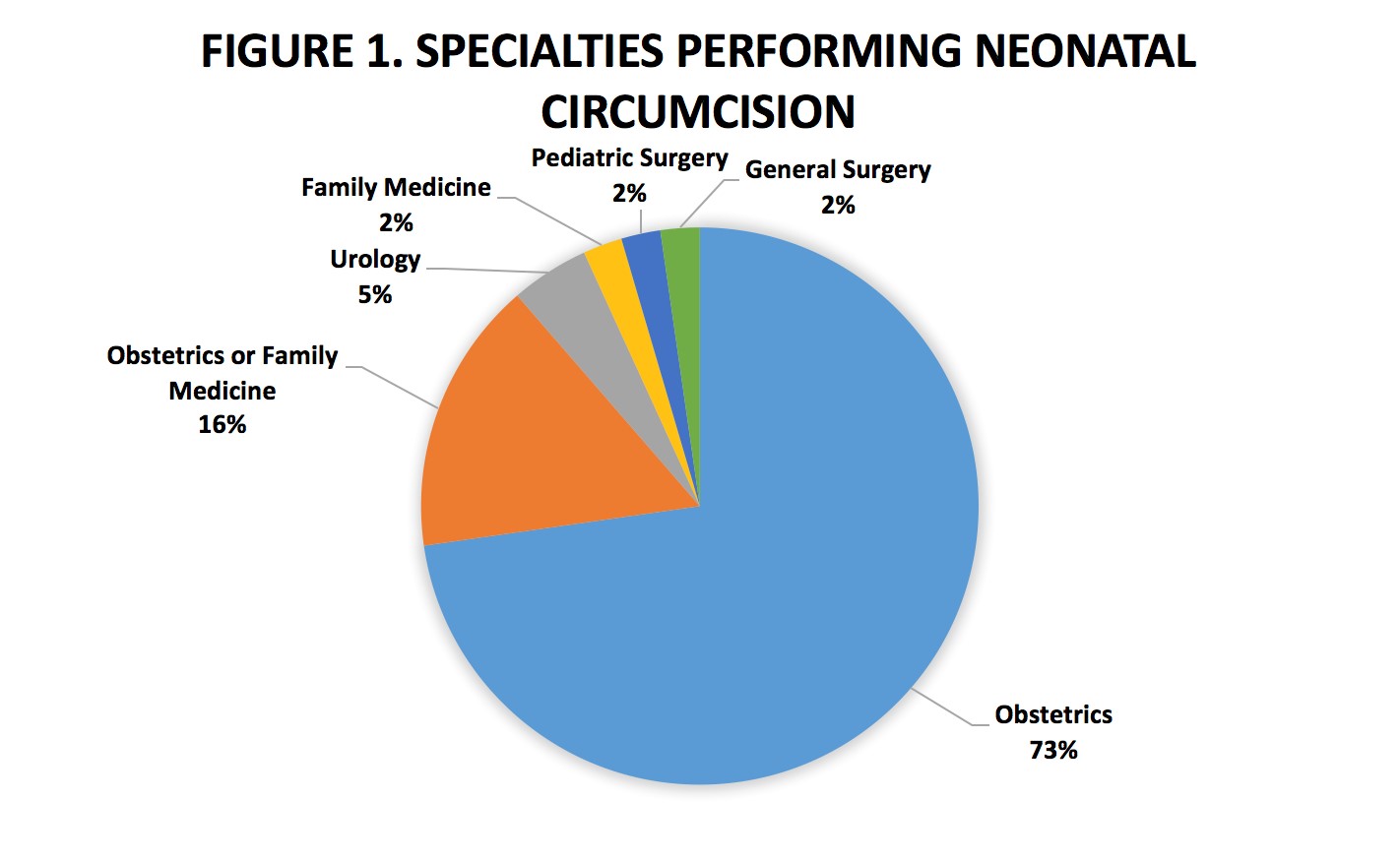Hospital-Level Access to Neonatal Circumcision in the Chicago Metropolitan Area
Ketan Jain-Poster, MS21, Ilina Rosoklija, MPH2, Faith Svigos, MS41, Mateo Zabmbrano Navia, MS41, Max Maizels, MD2, Jane L. Holl, MD, MPH1, Matthew M. Davis, MD, MAPP2, Emilie K. Johnson, MD, MPH2.
1Northwestern University Feinberg School of Medicine, Chicago, IL, USA, 2Lurie Children's, Chicago, IL, USA.
BACKGROUND:
Recently, our Chicago-based group observed that healthy boys with normal penile anatomy are undergoing elective non-neonatal circumcision, often under general anesthesia. While existing data indicate that neonatal circumcision (NC) rates depend partially on healthcare resource availability, no systematic research has ascertained access barriers to desired NC from clinician and hospital perspectives. In a recent survey, we found that 37/206 (18%) of parents seeking delayed, elective circumcision for their child reported that the birthing hospital had not offered NC (9 birthing hospitals represented). This study aims to describe NC-related characteristics of Chicago metropolitan area birthing hospitals, as a step towards understanding clinician- and hospital-level barriers to receipt of desired NC.
METHODS:
Birthing hospitals within the Chicago metropolitan area were identified using Illinois Department of Public Health information. Characteristics including hospital type, location, demographics, and birth volume were collected, using publicly available, online sources. The labor and delivery department of each hospital was contacted by telephone to characterize NC availability, including whether NC is performed at each hospital, whether NC is performed inpatient and/or outpatient, whether insurance is accepted for NC (versus cash-only), and which specialty performs NC. Results were compared to our group's prior survey results.
RESULTS:
In total, 44 birthing hospitals were identified (43% city/57% suburb; 14% for-profit; 25% teaching hospitals; median 1,413 births/year [range 175 - 11,635]; serving a wide range of socioeconomic status and race/ethnicity). Table 1 shows hospital characteristics. All hospitals reported offering NC (66% inpatient only, 32% both inpatient and outpatient, 2% outpatient only). Half reported accepting insurance for NC, with the remainder being unsure about whether insurance was accepted. Obstetricians performed NC at 89% of hospitals, with other specialties including family medicine and urology (Figure 1). Although all hospitals reported offering NC, parents seeking elective non-neonatal circumcision from 9/44 (20%) of these hospitals previously reported they were told NC was not available. The five most frequently represented birthing hospitals in our prior parent survey had higher birth volumes (median 2,178/year), served a higher percentage of publicly insured patients (median 78%) and a higher percentage of black/African-American patients (median 26%), compared with all birthing hospitals in the Chicago metropolitan area.
CONCLUSIONS:
Birthing hospitals in the Chicago metropolitan area serve patients from a wide range of socioeconomic and racial/ethnic backgrounds. All hospitals report offering NC, yet 18% of parents in a prior survey reported that NC was not available at their hospital, indicating a disconnect between hospital and parent experiences of NC access. Only half of hospitals could confirm that insurance was accepted for NC. These data will guide purposeful sampling of clinicians and hospital administrators for interviews to elucidate institutional barriers to providing NC for all families in the Chicago metropolitan area who desire NC.

Back to 2019 Abstracts




